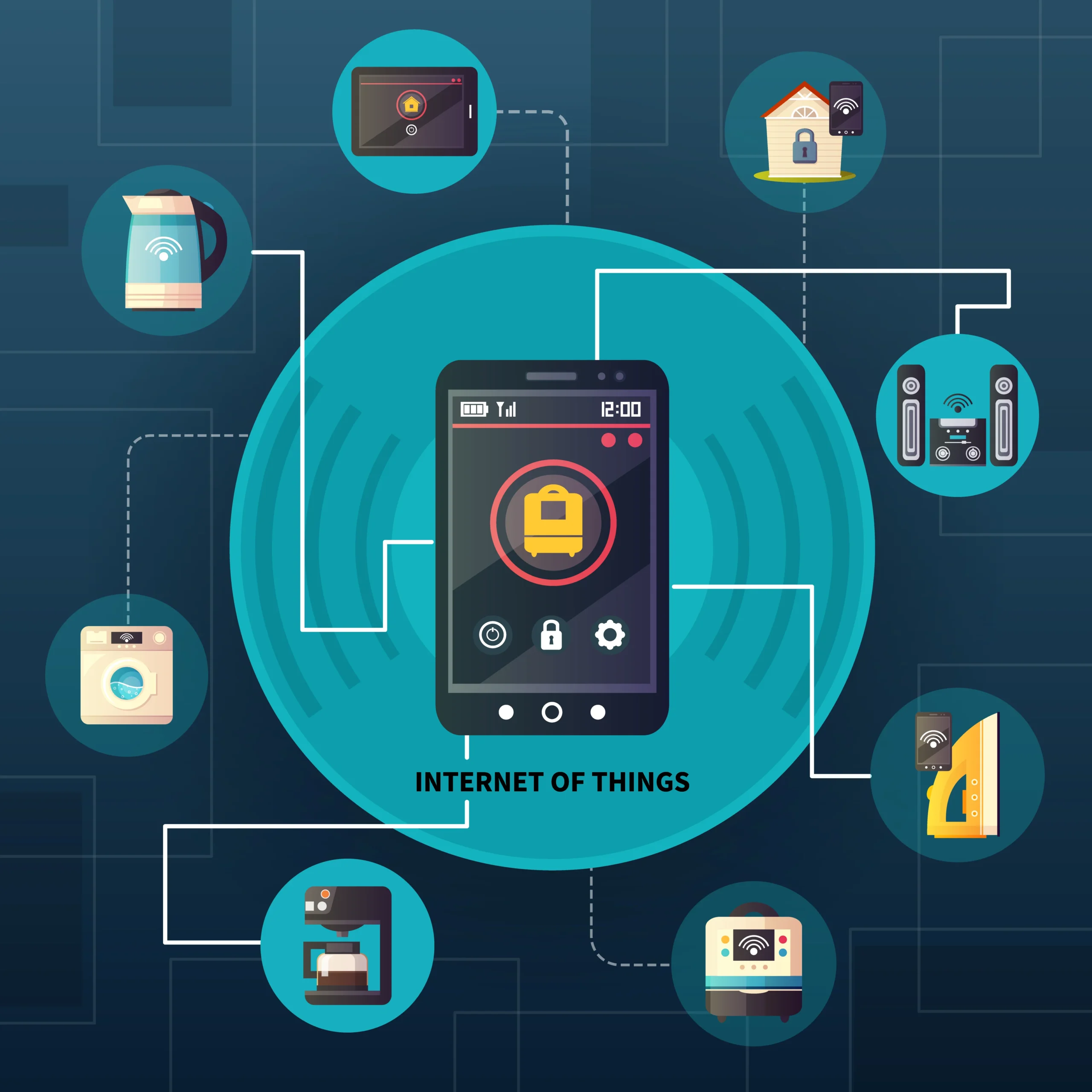In today’s digital age, anonymity is a powerful force. One intriguing figure embodying the complexities of this concept is Amanda Labollita Anon. A character who has sparked conversations on mental health, social justice, and digital identity, Amanda’s presence raises questions about the evolving role of pseudonyms and anonymity in online spaces. But what does her persona tell us about digital interaction and the future of anonymity on the internet? This article will explore the rise of digital anonymity, its psychological and ethical implications, and how Amanda Labollita Anon plays a role in shaping these discussions.
Who is Amanda Labollita Anon?
Before diving into the larger implications, it’s essential to understand the person—or rather, the persona—of Amanda Labollita Anon. Her name has surfaced in online forums, particularly those discussing mental health, identity, and social issues. Amanda isn’t just a pseudonym; she is a representation of the online anonymity many people adopt in digital spaces, allowing them to express themselves freely without fear of judgment or retribution.
The name “Labollita Anon” reflects her digital anonymity—”Labollita” perhaps alluding to a sweet or playful identity, while “Anon” signals the anonymity that defines her presence online. Through her character, Amanda becomes an embodiment of the conversation about privacy, self-expression, and the ethics of online identities.
The Rise of Digital Anonymity
The internet has radically altered how we interact, and one of its most significant changes has been the concept of digital anonymity. It allows individuals to navigate online spaces without revealing their real-world identities. This has opened doors for open discussions on sensitive topics, giving people the freedom to explore ideas and share experiences without the constraints of societal judgment.
Digital anonymity can be traced back to the early days of the internet, where users would create pseudonymous accounts on forums and chatrooms. As platforms evolved—like Reddit, 4chan, and Twitter—so did the concept of anonymity. Today, people can engage in conversations about everything from politics to mental health without disclosing who they are. This anonymity has created a unique space for self-expression, allowing people like Amanda Labollita Anon to rise as a voice for marginalized communities or a figure advocating for social justice causes.
Key Factors Contributing to Anonymity Online
- Cultural Shifts: The growing acceptance of online personas that don’t align with real-world identities is a significant factor in the rise of digital anonymity. Society is gradually becoming more open to the idea that people can exist in multiple forms, both offline and online.
- Technological Advances: With encryption, VPNs, and anonymous browsing tools, digital anonymity has become easier to maintain. These tools empower users to engage without revealing their private data, further fueling the culture of pseudonymous identities.
- Community Dynamics: Online communities thrive on shared interests and experiences. In these spaces, adopting a pseudonym is often encouraged as it fosters an environment where ideas can flourish without personal biases or preconceived notions.
The Psychological Impact of Anonymity
One of the most profound effects of digital anonymity is its psychological impact on users. By concealing their true identities, individuals often feel liberated to express thoughts and emotions they might otherwise keep hidden. This can be incredibly therapeutic for those dealing with mental health issues, as they can share their struggles without the fear of stigma or rejection. Amanda Labollita Anon has become a symbol of this freedom, advocating for mental health awareness and opening conversations about topics that are often considered taboo.
However, anonymity also has its darker side. It can lead to behavior that would be unacceptable in real-world interactions. Online anonymity can give people the courage to engage in trolling, harassment, or even cyberbullying, as there are no immediate repercussions for such actions. The psychological freedom anonymity provides can easily turn into a shield for harmful behavior.
Amanda Labollita Anon: Digital Activism and Advocacy
Beyond her role in representing digital anonymity, Amanda Labollita Anon has become a figure for advocacy, especially in areas like mental health and social justice. Through her presence online, Amanda addresses issues that are often overlooked in mainstream discourse. For instance, she is known for participating in forums and discussions that focus on mental health, advocating for more open conversations around mental illnesses, depression, and the stigma that surrounds these topics.
By using her pseudonym, Amanda is able to freely express her opinions and ideas, without fear of judgment from her community. Her digital activism has inspired others to step forward and voice their struggles, fostering an environment where marginalized voices can be heard. This dynamic is critical for creating spaces of empathy and support in an often harsh online world.
The Ethics of Online Anonymity
While digital anonymity offers many benefits, it also raises significant ethical questions. Is it right to hide behind a pseudonym when discussing serious topics or engaging in activism? While Amanda Labollita Anon uses her anonymity for positive change, others may exploit it for harm. The question arises: should there be limits to digital anonymity, especially when it comes to accountability for harmful actions?
Digital anonymity also complicates issues around the spread of misinformation and hate speech. Without knowing who is behind the posts, it can be difficult to address harmful content or hold individuals accountable. The challenge, then, is finding a balance between the freedom anonymity provides and the responsibility that comes with it.
Famous Examples of Digital Anonymity in Popular Culture
Amanda Labollita Anon is not the only figure to have emerged from the anonymity of the internet. There are numerous examples of pseudonymous figures who have shaped online culture. For instance, Banksy, the famous street artist, remains anonymous, and his art often serves as social commentary. Similarly, The Anonymous Collective, a decentralized hacker group, operates under a veil of anonymity while advocating for political causes.
These figures, much like Amanda, highlight the ways in which anonymity can be used to challenge societal norms, raise awareness, and push for change. Their actions underscore the dual nature of digital anonymity: it can be a tool for liberation or manipulation, depending on how it is wielded.
The Future of Digital Anonymity
As technology continues to evolve, so too will the concept of digital anonymity. With the rise of blockchain technology, which offers decentralized, encrypted systems, it’s possible that the future of anonymity online will be even more secure and widespread. However, these advances may also create new challenges around privacy, security, and accountability.
In the future, we may see a shift towards more complex forms of digital identity. Individuals may be able to control and curate their online presence with unprecedented precision, balancing the desire for privacy with the need for transparency. The role of figures like Amanda Labollita Anon will likely continue to evolve as new platforms and technologies emerge, potentially reshaping the way we engage in digital activism and self-expression.
Conclusion: The Complex Legacy of Digital Anonymity
In conclusion, Amanda Labollita Anon represents the multifaceted nature of digital anonymity. Her persona is a symbol of the freedom and complexity that comes with navigating online spaces. While digital anonymity provides a platform for expression and activism, it also brings with it ethical dilemmas and psychological consequences. As we move forward into an increasingly connected and anonymous digital world, understanding these complexities will be crucial in shaping a responsible and empathetic online culture.


